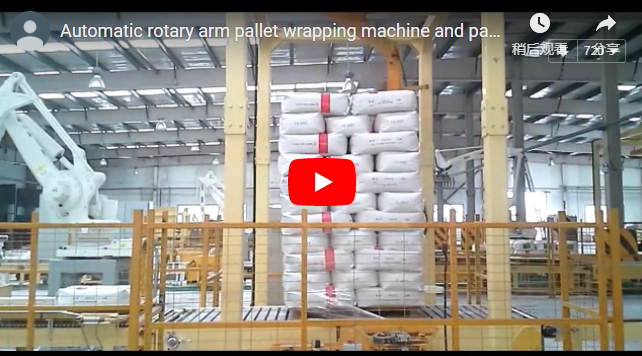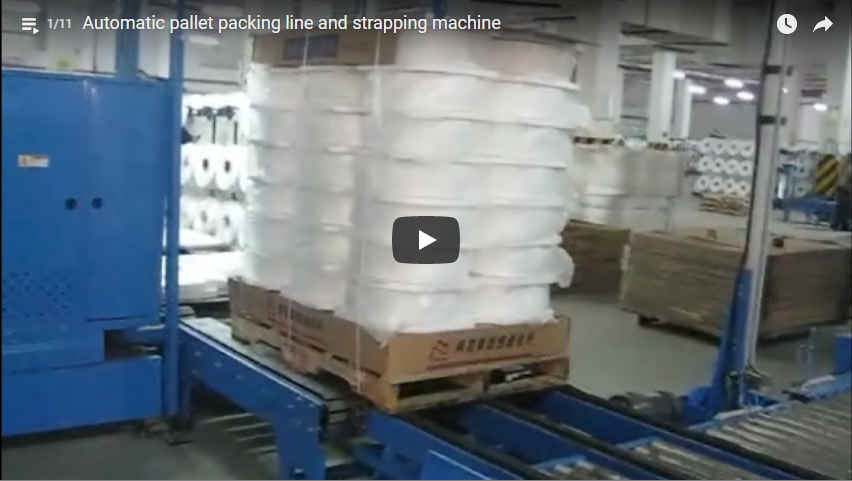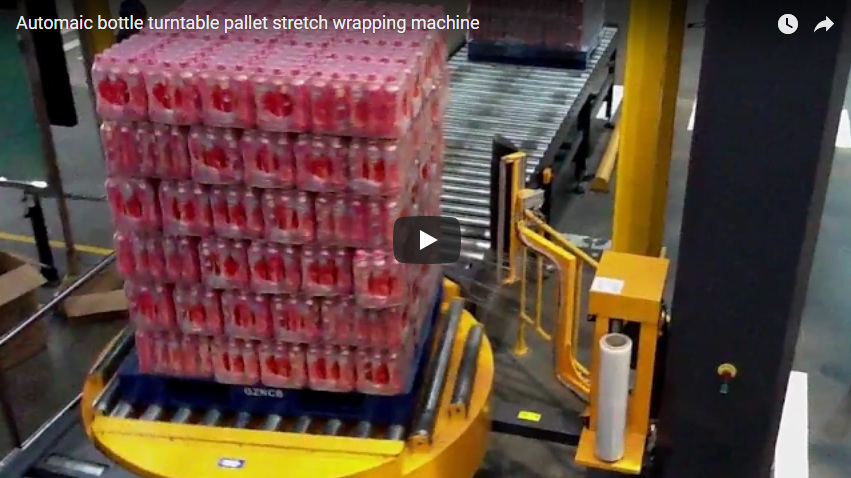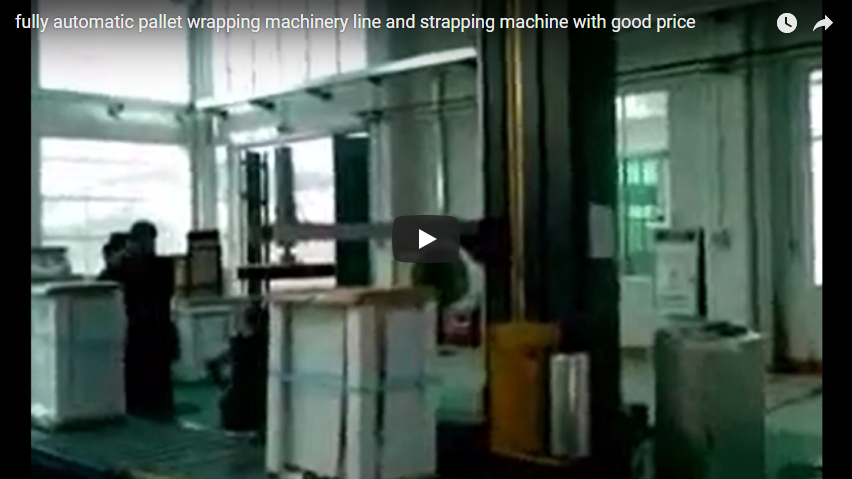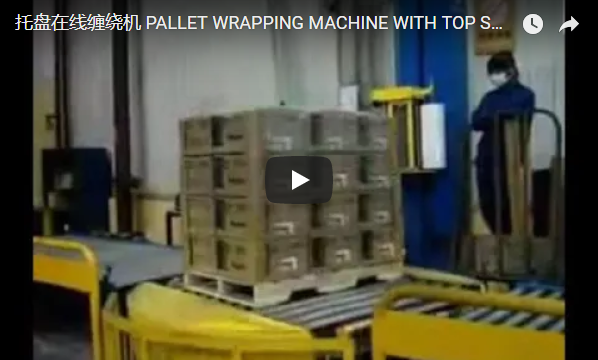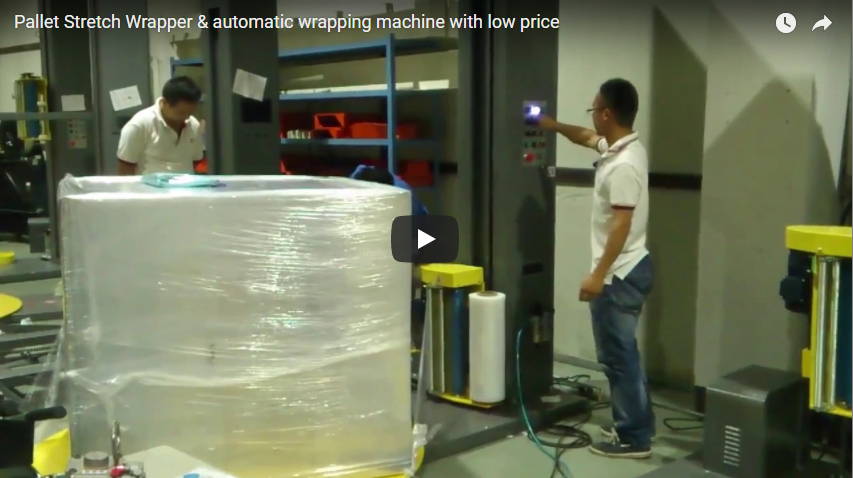Mastering Load Stability: A Fabricator's Deep Dive into the Rotary Arm Stretch Wrapper
In high-throughput fabrication and manufacturing environments, ensuring palletized loads are secure for transport and storage isn't just best practice – it's crucial for preventing product damage, maintaining safety, and optimizing logistics. While various pallet wrapping methods exist, the rotary arm stretch wrapper stands out, particularly when dealing with heavy, unstable, or unconventional loads. This article delves into the mechanics, benefits, and real-world application of this essential piece of end-of-line packaging equipment.
(Video illustrating the operation of an automatic rotary arm pallet stretch wrapping machine.)
1. The Core Advantage: Stationary Load Wrapping
Unlike traditional turntable wrappers where the pallet spins, a rotary arm stretch wrapper keeps the load stationary. A rotating arm, equipped with the stretch film carriage, revolves around the pallet. This fundamental difference is the key to its effectiveness for specific applications:
- Unstable Loads: Tall, light, or irregularly shaped pallet loads that might shift or topple on a spinning turntable remain stable.
- Heavy Loads: Eliminates the need for a heavy-duty turntable mechanism capable of supporting and rotating multi-ton loads, simplifying machine design and potentially reducing footprint.
- Washdown Environments: Keeping the primary drive mechanisms away from floor level can be advantageous in environments requiring frequent cleaning.
2. Unpacking the Technology: Key Components and Functionality
A typical rotary arm wrapper integrates several sophisticated systems:
- Rotating Arm Assembly: The core component, engineered for balanced, high-speed rotation while carrying the film dispenser.
- Film Carriage System: This holds the stretch film roll and crucially includes the pre-stretch mechanism. Modern systems achieve pre-stretch ratios of 150% to over 300%, significantly reducing film consumption and cost while improving load containment.
- Mast and Lift Mechanism: Allows the film carriage to move vertically, ensuring complete wrap coverage from pallet base to top.
- Control System (PLC): Programmable Logic Controllers allow for customizable wrap patterns (e.g., number of top/bottom wraps, reinforcement wraps), variable arm/lift speeds, and integration with upstream and downstream automation.
- Safety Features: Essential components like safety fencing, light curtains, and emergency stops are critical due to the moving arm.
3. Performance Metrics Fabricators Need to Know
When evaluating a rotary arm wrapper, consider these technical specifications:
- Maximum Load Size (L x W x H): Defines the largest pallet dimensions the machine can accommodate.
- Maximum Load Weight: While the load is stationary, the surrounding conveyor or floor must support it. Typically handles very heavy loads easily.
- Arm Rotation Speed (RPM): Directly impacts throughput, often ranging from 12 to 30 RPM or more.
- Wrapping Efficiency (Pallets/Hour): A key performance indicator (KPI), determined by arm speed, load height, and wrap pattern complexity. Can range from 30 to over 100 pallets per hour.
- Film Pre-Stretch Ratio (%): Higher ratios mean more film efficiency and potentially better load holding force (though film type is also critical). Common ratios are 200-250%.
- Power Requirements: Voltage and phase specifications (e.g., 480V 3-Phase).
- Control Interface: Touchscreen HMI (Human-Machine Interface) for ease of operation and diagnostics.
4. Advantages on the Shop Floor
From a practical standpoint, integrating a rotary arm wrapper offers tangible benefits:
- Superior Load Stability: The primary reason for choosing this type. Ideal for fabricated metal parts, stacked containers, or any load prone to shifting.
- Enhanced Throughput: Automated operation and high rotation speeds significantly outperform manual wrapping or semi-automatic systems.
- Consistent Wrap Quality: Automated control ensures every pallet receives the same pre-stretch, tension, and wrap pattern, improving load security and reducing film waste compared to manual methods.
- Reduced Labor Costs: Frees up personnel previously dedicated to manual wrapping for more value-added tasks.
- Improved Safety: Properly guarded automated systems reduce the risks associated with manual wrapping (ergonomic strains, contact with moving loads).
- Material Savings: Precise control and high pre-stretch ratios optimize stretch film usage, leading to significant cost reductions over time.
5. Operational Insights: A Fabricator's Perspective
Having worked with various packaging lines, the reliability of a well-maintained rotary arm wrapper is notable. Modern HMIs make adjustments straightforward, allowing quick changes between different load profiles. Key operational points include:
- Film Threading: Simplified threading paths are a plus for minimizing downtime during roll changes.
- Maintenance: Regular checks on drive belts/chains, rollers, and the film cutting/clamping mechanism are essential. Access for maintenance should be considered during machine selection.
- Integration: Seamless integration with pallet conveyors, palletizers, and potentially AGVs (Automated Guided Vehicles) is crucial for fully automated lines. Ensure compatibility with existing control systems.
6. Industry Applications: Where Rotary Arm Wrappers Shine
While versatile, these machines excel in specific sectors:
- Metal Fabrication & Steel: Wrapping heavy steel coils, bundles of structural shapes, or pallets of machined parts where stability is paramount.
- Food & Beverage: Handling tall pallets of bottles, cans, or bagged goods that could be unstable on a turntable. Stainless steel options are often required.
- Chemical Industry: Securely wrapping drums, IBCs (Intermediate Bulk Containers), or bags of powders/resins, ensuring containment.
- Building Materials: Wrapping pallets of bricks, tiles, cement bags, or insulation – often heavy and potentially unstable.
- Distribution Centers: High-volume facilities benefit from the speed and automation, regardless of load type, but especially for mixed or unstable loads.
Conclusion: Investing in Stability and Efficiency
The rotary arm stretch wrapping machine represents a significant investment, but for operations dealing with challenging loads or requiring high throughput and automation, the returns are clear. By keeping the load stationary, it provides unparalleled stability for heavy or unstable pallets, while its automated operation delivers consistency, speed, and labor savings. When selecting a system, carefully evaluate your specific load characteristics, throughput requirements, and integration needs to choose a machine that will provide reliable, efficient load containment for years to come.
For further details on stretch wrapping solutions tailored to your needs:
Contact: info@fhopepack.com
Explore more options: https://www.fhopepack.com/Stretch_wrapping_machine.html

